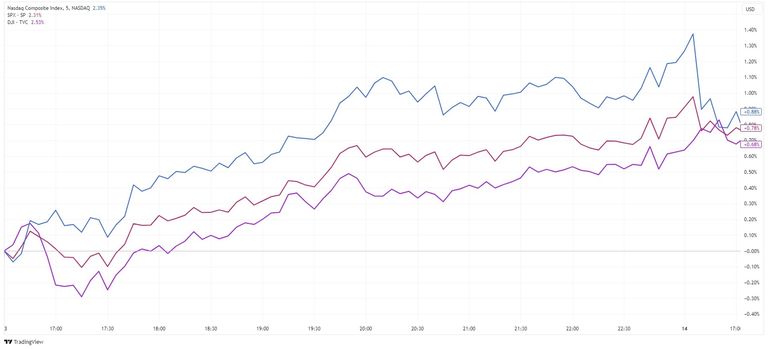U.S. inflation dropped below 3% for the first time in three years, signaling that the inflation surge that has gripped the U.S. economy is finally easing. But let’s not pop the champagne just yet.
In July, consumer price growth slowed to its lowest post-pandemic level, with the Consumer Price Index (CPI) cooling to 2.9% on a 12-month basis, down from 3% in June. This marks the first time since March 2021 that the index has dipped below 3%.
It might seem like a win, but here’s the catch: when the inflation rate drops, it doesn’t mean prices are falling; it just means they’re rising more slowly. Compared to a year ago, prices still increased by 2.9%.
For months, easing inflation has gradually relieved American consumers, who have been hit hard by price surges over the last three years, especially for things like food, gas, rent, and other necessities.
Inflation has also become a key issue in the presidential race, with former President Donald Trump blaming the Biden administration's energy policies for the price hikes. On Saturday, Vice President Kamala Harris announced that she would soon introduce new proposals to "bring down costs and strengthen the economy overall."
Excluding the volatile food and energy categories, core prices — often seen as a more stable measure of inflation — increased 0.2% from June to July, following a 0.1% rise the previous month. Compared to a year ago, core inflation rose 3.2%, down from 3.3% in June, marking the lowest level since April 2021.
The slightly better-than-expected inflation data likely confirms that the Fed will lower rates at its September meeting, which would boost stock valuations.
However, this time the CPI report didn’t spark much enthusiasm in the stock market — there was no “invest now, ask questions later” reaction. Instead, the market remained cautiously optimistic.
The Nasdaq Composite barely moved, gaining just 5 points. The S&P 500 increased by 0.7%, and the Dow Jones rose by 0.6%.

The muted market response can be attributed to anticipation surrounding the Federal Reserve’s upcoming meeting. Fed officials have indicated that they’re likely to lower the benchmark interest rate, which currently sits at a 23-year high. The key question now is not whether the Fed will cut rates, but by how much — will it be a modest 25-basis-point cut, or a more substantial 50-basis-point reduction?
Investors tend to overestimate their expectations for the Fed and the economy, and they may already be factoring in a significant 50-basis-point rate cut. In any case, the data released before the Fed meets will either solidify those expectations or temper hopes for a quick and substantial loosening of monetary policy. So, stay alert.

